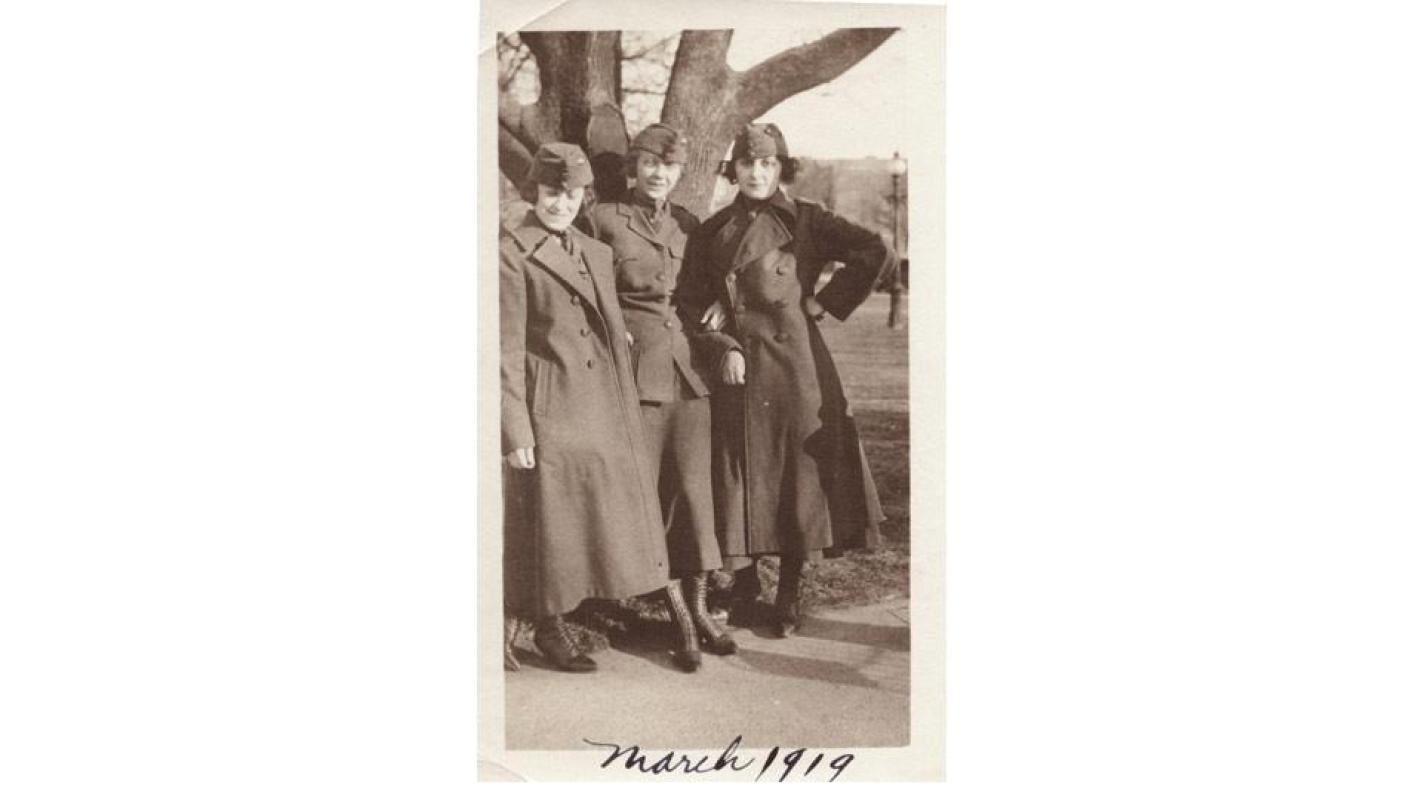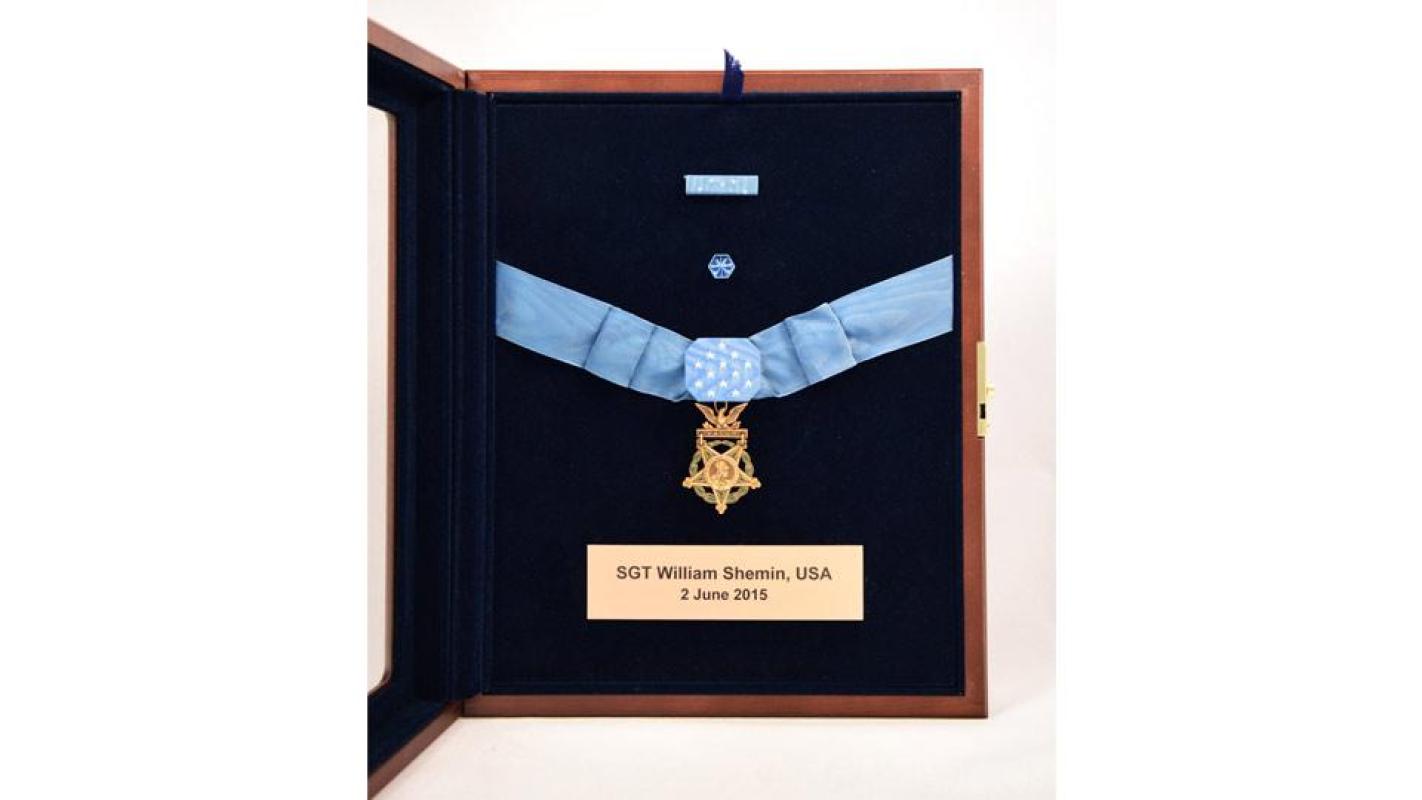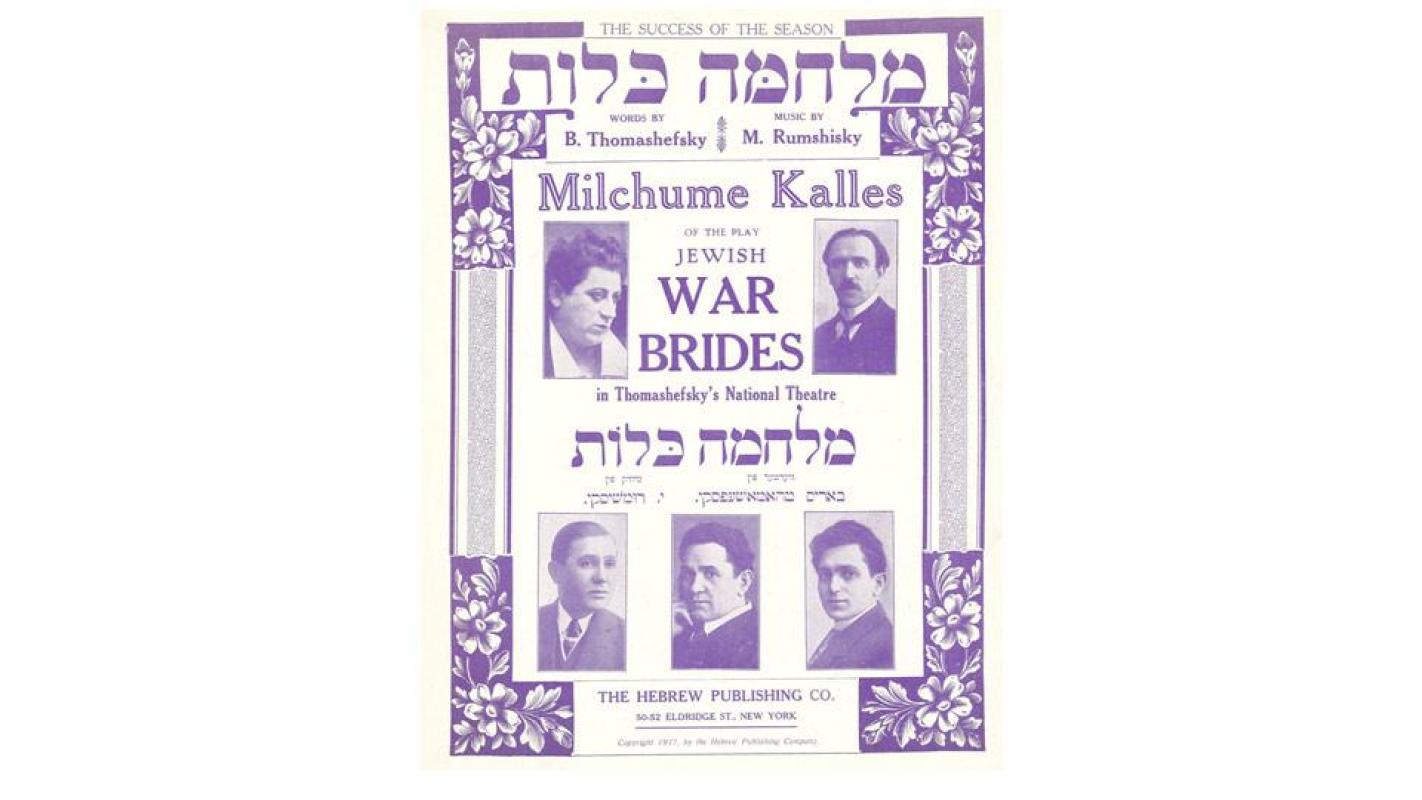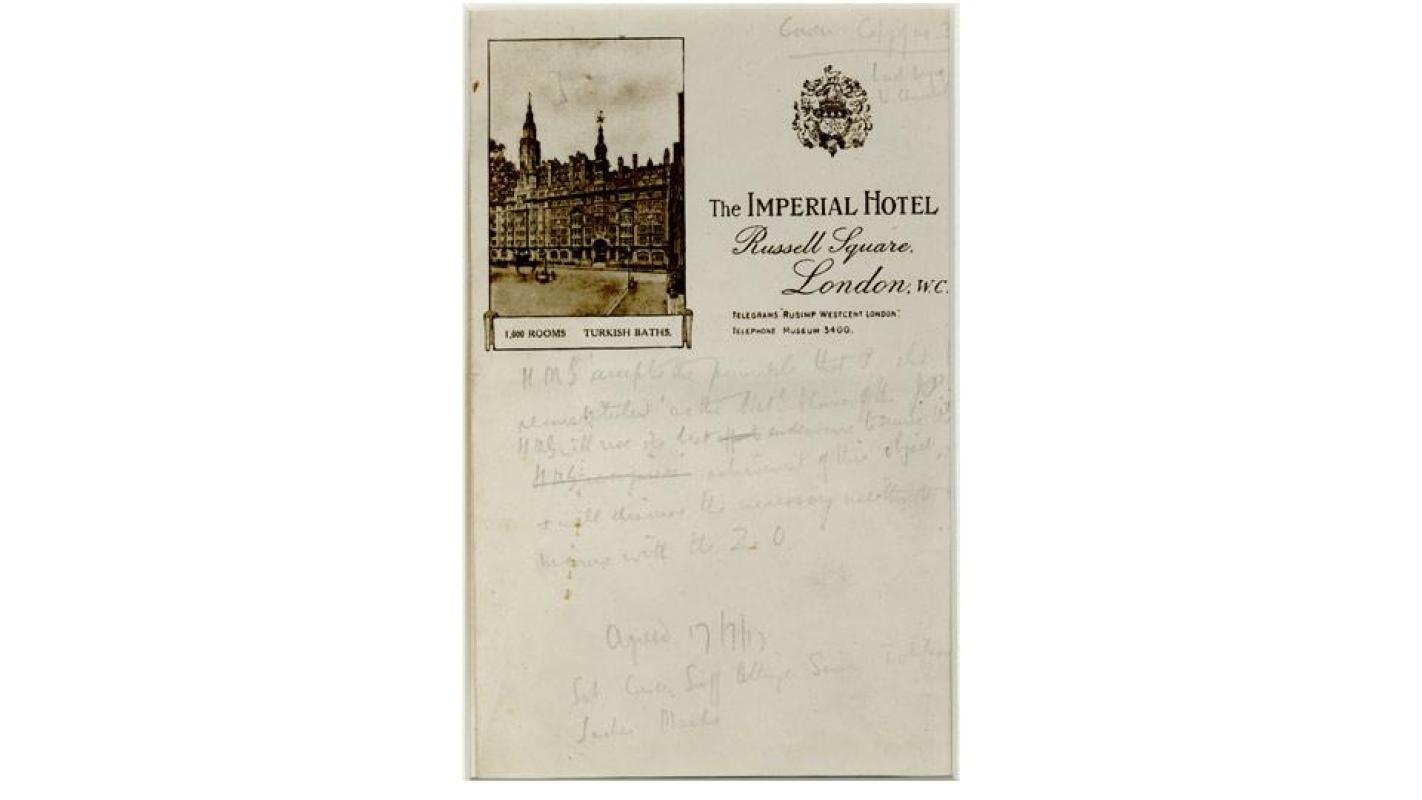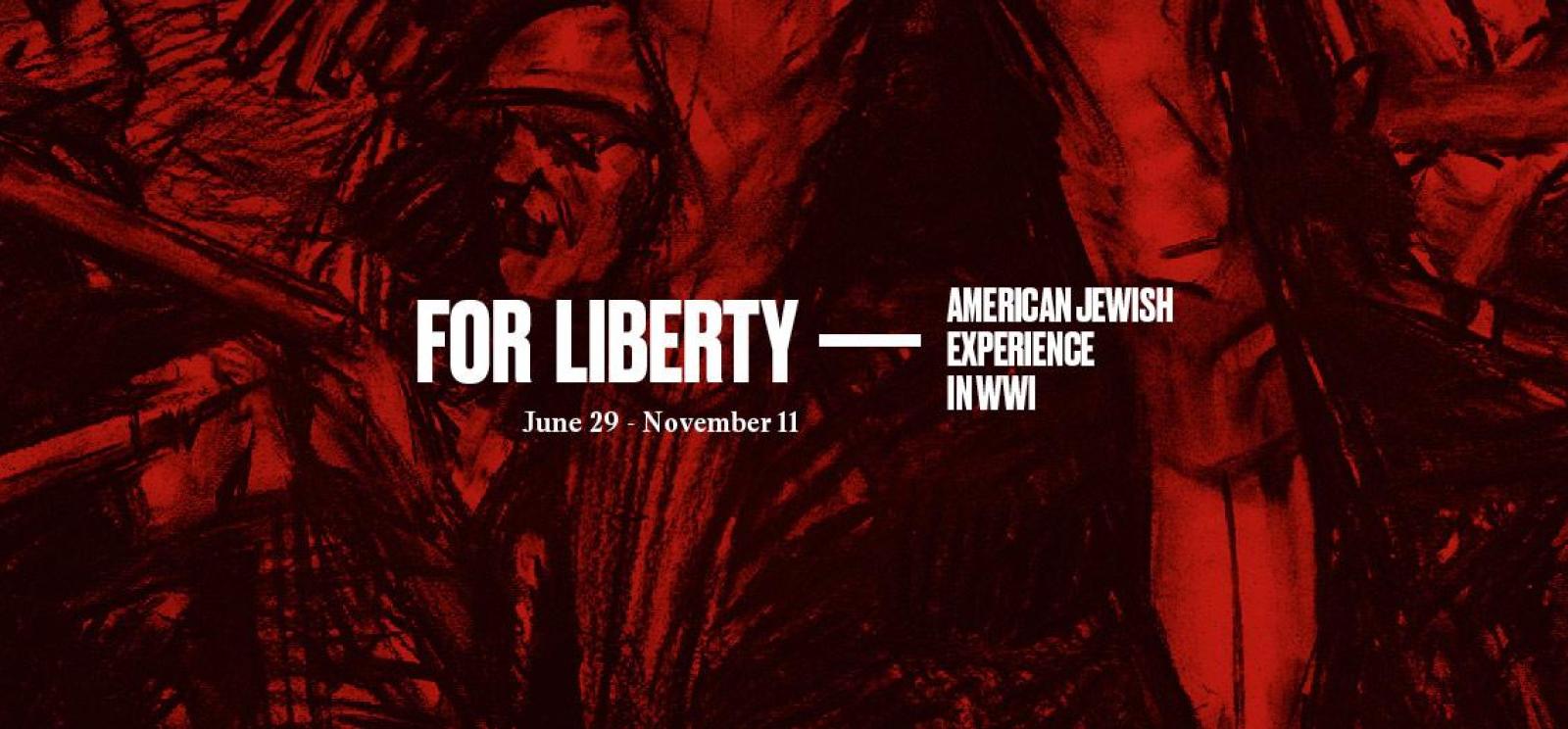
“The wrongs against which we now array ourselves are no common wrongs; they cut to the very roots of human life.”
— President Woodrow Wilson addressing Congress
With American Jewish battlefield and home front participation in World War I, Rabbi Stephen S. Wise spoke for many when he wrote in the New York Times that military service would “mark the burial, without the hope of resurrection, of hyphenism, and will token the birth of a united and indivisible country.”
Nearly 250,000 Jews served in the American Expeditionary Forces, which totaled 4.8 million men and women. Eighteen percent were foreign born.
“I’m in a barracks with 270,” wrote one Jewish draftee, “and so far I’ve found a half dozen men who could speak English without an accent.”
Service men and women were not segregated by religion or ethnicity except for African Americans. Hailed by Time magazine as “a deep dive into a strange, history-shaking year” and by the New York Times as “remarkably prescient” For Liberty: American Jewish Experience in WWI shares these incredible stories through remarkable objects.
The exhibition features a letter from American Jewish Joint Distribution Committee (JDC) leader Louis Marshall appealing to Jewish philanthropists like Julius Rosenwald to support the Ten Million Dollar Fund. Rosenwald was president of Sears, Roebuck & Company.
A map tells the amounts pledged to the JDC for Jewish war sufferers, 1917. A poster shows a shipment of kosher meat being loaded onto the SS Ashburn in New York City, bound for Danzig, Poland, June 1919. There is a photograph of the Passover Seder for the American Expeditionary Forces, Paris, France, April 1919.
From Irving Berlin’s draft registration card to the handwritten draft of the Balfour Declaration, July 17, 1917, of Leon Simon’s, which was forwarded to Lord Balfour, this exhibition illustrates the promise, the trials and tribulations and the lasting effects of World War I on the American Jewish population.
Congressman Julius Kahn, from California, served as Chairman of the House Military Affairs Committee, U.S. Congress. He wrote: “I desire to congratulate my co-religionists on the splendid showing they are making in the matter of serving our country in this war.”
For Liberty: American Jewish Experience in WWI, originally exhibited as 1917: How One Year Changed the World is organized by the National Museum of American Jewish History in Philadelphia and the American Jewish Historical Society in New York and made possible in part by the National Endowment of the Humanities: Exploring the Human Endeavor.
SPONSORS
Bank of Blue Valley/Regnier Family Foundation
Herb and Bonnie Buchbinder
Media Sponsors
Kansas City Jewish Chronicle
KCPT
Honorary Committee Chairs
Bonnie and Herb Buchbinder, Michael Klein, Ann and Bob Regnier
Honorary Committee
The Sosland Family Foundation
Ann and G. Kenneth Baum
Edward Jones
Francis Family Foundation, discretionary of David V. Francis
Marleen and Ron Gold
Shirley and Barnett C. Helzberg, Jr.
LaPaloma Plaza / Ron Gold and Allen Cinnamon
Marny and John Sherman
Don and Christine Alexander Foundation
Marlys and Michael Haverty / Haverty Foundation
Karen and Mike Herman
Liz and John Hjalmarson
Debbie and Kerry Lindenbaum
The Jewish Community Center of Kansas City
Park University
Rainen Companies
Irv Robinson and Ellen Miller
Debbie and Neil Bass
Nancy and John Dillingham
Susie and Ronnie Goldsmith
Gail and Harry Himmelstein
Jenny and John Isenberg
Rosalyn and Howard Jacobson
Rita Kahn
Miriam and Eric Kaseff
Lisa and James Klein
Regina and Bill Kort
Shanny and Eric Morgenstern
John Rubenstein
The Jewish Federation of Greater Kansas City
The Truman Library Institute

